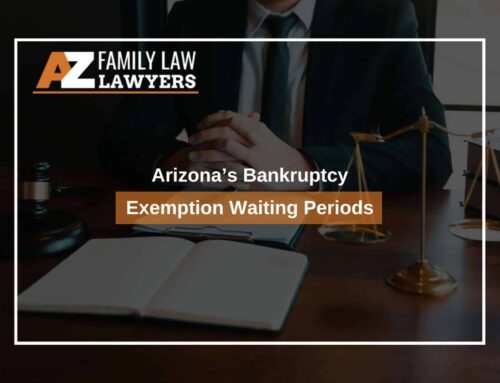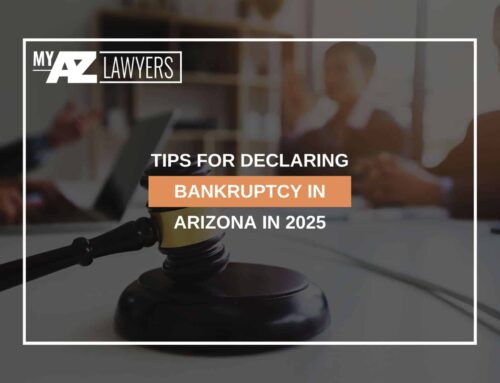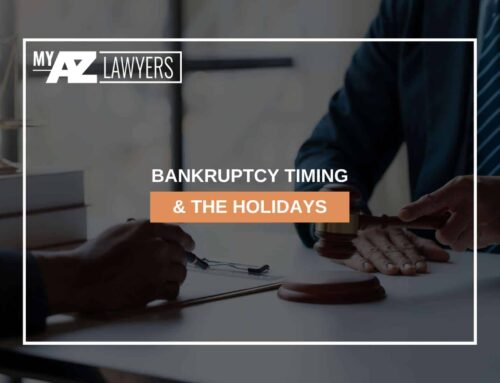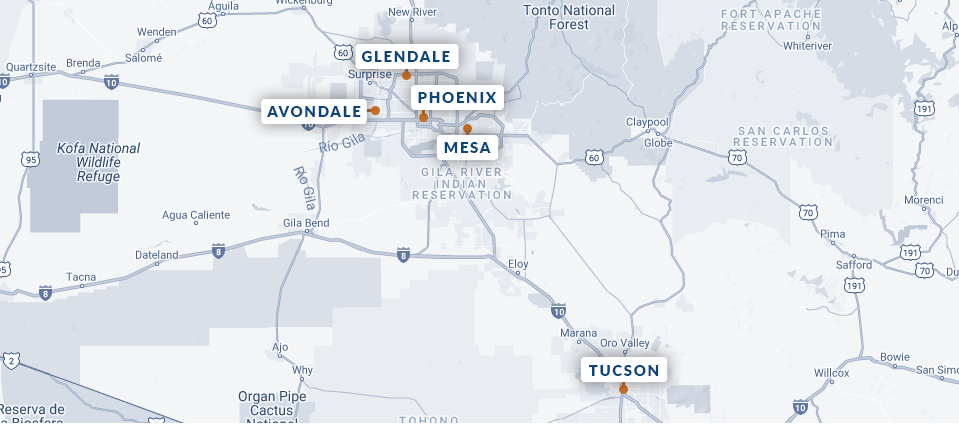Table Of Contents
Tips For Protecting Your Social Security Income
After spending decades of your life working hard and seeing some of your earnings automatically deducted from your paychecks, you’ve probably been looking forward to cashing your Social Security checks. Social Security Income, or SSI, isn’t known for providing its recipients with a lavish lifestyle, but it is known for helping retired seniors keep the lights on, buy groceries, and pay for other expenses that they continue to incur into their older years. Seniors can be considered vulnerable from a financial standpoint- there is less opportunity to rejoin the job market, especially in a position that will provide enough income to justify going back to work at that age. Some may also be dealing with medical conditions- especially degenerative cognitive disorders- that make them more susceptible to scamming and financial abuse. These are just some of the reasons why there are many protections in place for Social Security income. Are you looking into how to keep your SSI safe, particularly from creditors seeking repayment for your debts? Are you considering filing for bankruptcy to get your creditors off of your back? You deserve a thorough review of your situation and a fair and honest quote for legal services if bankruptcy could help your finances. Call 480-470-1504 for your free consultation with a dedicated professional from My AZ Lawyers today.

Keep Your Social Security Funds In Their Own Account
You probably already know that your social security funds are largely exempt from creditors. There are laws in place to keep creditors from garnishing SSI, levying a bank account funded by SSI, or otherwise taking your Social Security income. This is great protection in theory, but things can become complicated if Social Security funds become intermingled with other funds. Coming up with proof of your account’s contents is easier said than done when it becomes an issue. It could be completely impossible to discern SSI funds from funds from other sources. Therefore, the best way to avoid these types of problems is by keeping your SSI in its own separate bank account.
Direct Deposit Your Social Security Funds
You have the option of setting up your Social Security payments to be deposited directly into your bank account. This is convenient for several reasons. First of all, it will remove one task from your to-do list each month. Direct deposit removes the possibility of losing a physical SSI payment or forgetting to deposit it, which could domino into missed payments on your bills, late fees, overdraft fees, etc. Secondly, it also creates extra protection for your SSI. Banks are required by the U.S. Treasury to protect two months’ worth of SSI direct deposits from garnishment and levy. This may not sound like much, but if your budget is tight and your bills are past-due, that two months could be the buffer between figuring out a solution instead of seeing your standard of living drop.
Another reason it is beneficial to direct deposit social security funds is the electronic record it creates. This record will show exactly how much SSI went into your account and when. This can be used as evidence if you ever need to prove that your bank account funds are protected due to their exempt SSI status. Keep note of how to access this record in case you ever need to provide its content in a short time frame.
Is My Social Security Income Exempt In Bankruptcy?
Some clients come to us worried that filing for bankruptcy will stop their monthly SSI payments. Social Security income is exempt in bankruptcy, but just like in other situations, the issue can become muddled if the debtor mixes SSI funds with funds from other sources. For example, Arizona’s bank account exemption is quite low- $300 for an individual and $600 for married couples. If your bank account is SSI mixed with funds from other sources, like support from a child or relative, part-time work income, and investments, your bank account could be well over the exemption amount on the day you file for bankruptcy. You could eventually be required to prove to the trustee that the funds in question were SSI and therefore exempt. If you do file for bankruptcy on Social Security income, a seasoned bankruptcy attorney can help you avoid these types of pitfalls so your case can proceed smoothly.
Sometimes, filing bankruptcy isn’t absolutely necessary for an SSI recipient who is struggling with debts. Because SSI funds are exempt from garnishment and levy, it makes it very difficult for creditors to collect against debtors who live entirely off of SSI. For some, the effort of filing for bankruptcy to clear a debt might not be worth it if there is no chance of the creditor being able to collect on the debt anyway. But there are other factors that can affect your decision process here. If you owe money to creditors that they can’t collect while you receive SSI, they can pursue debt repayment from your estate after you pass away. This can drag out the probate process, making it more stressful and expensive for your beneficiaries, and diminish your estate’s value. But if passing down your estate isn’t of great concern to you, there is less incentive to clear your debts through bankruptcy.
Bankruptcy can be life-changing, but for many, the drawbacks keep them from filing. However, several of these concerns are less relevant for seniors on Social Security income. For example, a bankruptcy debtor will not qualify for most home mortgages for 2 years after filing. Many seniors own their homes outright, live with relatives, rent, or live in retirement communities, so qualifying for a home mortgage would not be a concern. Not sure if your debts call for bankruptcy, or if your funds and assets will be safe if you do decide to file? Our office offers free consultations for residents of the Phoenix and Tucson areas considering filing for bankruptcy. Get started today with your free consultation by phone with an experienced member of My AZ Lawyers by calling 480-470-1504.
Concerned About Social Security Income In An Arizona Bankruptcy Filing? Evaluate Your Situation With Your Free Consultation Today
It’s reasonable to be concerned about the effects that bankruptcy can have on the monthly payments you’ve worked so hard to receive. Losing your SSI bank account could easily result in financial devastation. A skilled bankruptcy attorney in Arizona can make sure that doesn’t happen, and that all possible protections are applied to your other assets and sources of income. At the same time, a bankruptcy lawyer who is knowledgeable about SSI funds might not think filing for bankruptcy is the best option for you. At My AZ Lawyers, a member of our team will review your situation to help you come up with one or more options in dealing with your debt. If bankruptcy is one of them, we can provide expert representation with affordable payment plan options starting as low as Zero Down. This is your chance to learn more about how chapter 7 or chapter 13 bankruptcy may pertain to your situation, free of charge. To get started today with your free consultation, call 480-470-1504.
Arizona Offices:
Mesa Location:
1731 West Baseline Rd., Suite #100
Mesa, AZ 85202
Office: (480) 448-9800
Email: info@myazlawyers.com
Website: https://myazlawyers.com/
Glendale Location:
20325 N 51st Avenue Suite #134, Building 5
Glendale, AZ 85308
Office: (602) 509-0955
Tucson Location:
2 East Congress St., Suite #900-6A
Tucson, AZ 85701
Office: (520) 441-1450
Avondale Location:
12725 W. Indian School Rd., Ste E, #101
Avondale, AZ 85392
Office: (623) 469-6603













